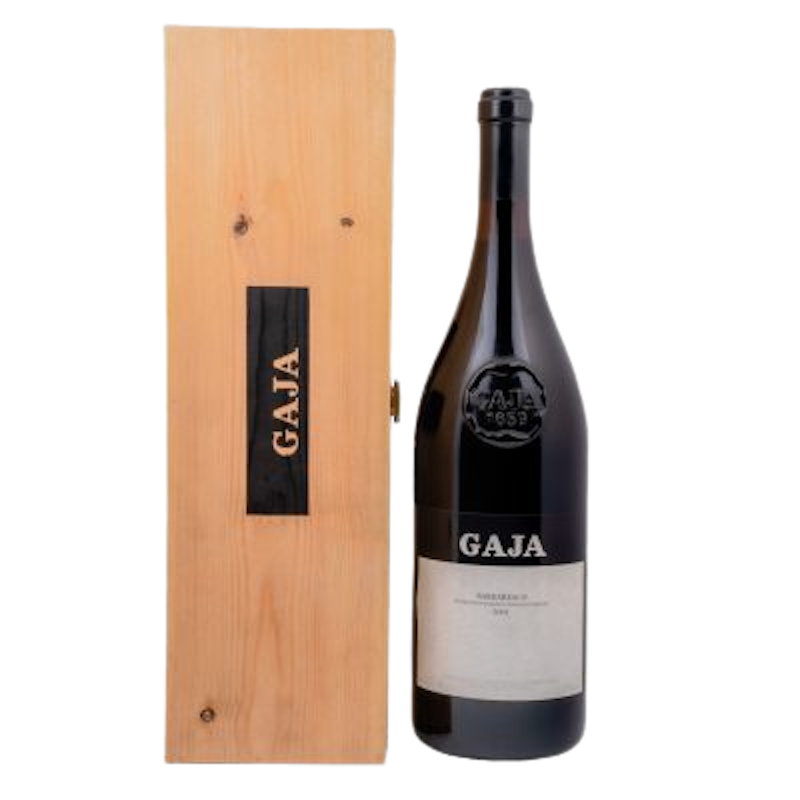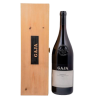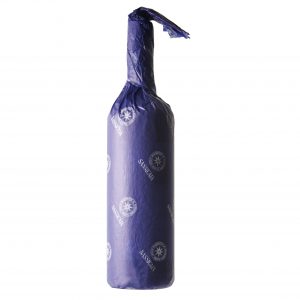| Country | |
|---|---|
| Region | Piemonte |
| Grape Variety | Nebbiolo |
| Producer | Gaja |
| Certification | Sustainable |
Barbaresco Magnum 2001 – Gaja
£960.00
Sweet balsamic notes open on the bouquet, followed intense, silky layers of fruit. The 2001 is subtle, classy and elegant from start to finish. Hints of early maturity appear in the aromatics, but the wine has more than enough fruit to support at least another decade of fine drinking. Tobacco, sweet herbs and licorice add the final notes of complexity.
“93/100 Wine Spectator”, 93/100 Robert Parker”
Out of stock
Colour
FLAVOURS
Palate
Sweetness
Acidity
Tannins
Body
Abv
Serve At
Food Pairing
Gaja is one of the best-known wine producers in all of Italy. Originating in and still based in Barbaresco, Piedmont, in northwest Italy, the Gaja name remains most strongly associated with Nebbiolo-based wines.
The story of the Gaja Winery can be traced to a singular, founding purpose: to produce original wines with a sense of place which reflect the tradition and culture of those who made it. This philosophy has inspired five generations of impeccable winemaking. It started over 150 years ago when Giovanni Gaja opened a small restaurant in Barbaresco, making wine to complement the food he served. In 1859, he founded the Gaja Winery, producing some of the first wine from Piedmont to be bottled and sold outside the region. Since that time, the winery has been shaped by each generation’s hand.
In 1961, Angelo Gaja began his mission of bringing this great winery to an even higher level. He was the first to use barriques, 225-liter French oak barrels. Under his direction, Gaja pioneered the production of single-vineyard designated wines and was the first to plant Cabernet Sauvignon, Chardonnay and Sauvignon Blanc varietals in Piedmont. He was also instrumental in elevating the native Nebbiolo grape to world-class esteem.
Barbaresco
Barbaresco is a red wine produced in northwest Italy’s Piedmont region. Made from 100% Nebbiolo, Barbaresco, like its Barolo counterpart, is a highly tannic and acidic wine that needs years of cellaring to reach harmony. Prior to being released in the market, DOCG regulations require that the wines are aged for a minimum of 26 months, with at least 9 months spent in wood barrels; for the riserva bottlings, there is a mandated period of 50 months aging, with at least 9 months spent in wood barrels. Although Barbaresco and Barolo have much in common, traditionally Barbaresco tends to express a more feminine side, while Barolo is characterized as masculine and stately—but certainly exceptions exist. Expressive aromatically, scents of dried cherry, raspberry, licorice and rose petals are typical of the wine.



